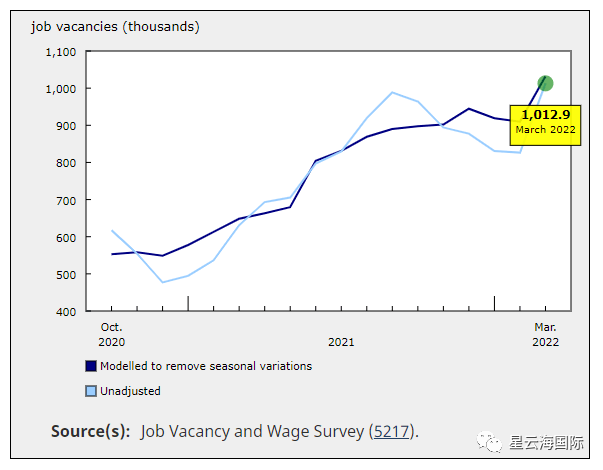According to Statistics Canada data, as of March 2022, the Canadian job market has accumulated more than 1 million vacancies.

To this end, Canada has taken relevant measures to attract more foreigners to settle and develop in Canada to solve the problem of labor shortage.
1
Simplified process to welcome new immigrants
Since the beginning of this year, in order to accelerate the introduction of talents, the Canadian government has gradually modernized the immigration system and further improved the quality of services.
01
Hire new employees to expedite processing applications
Immigration Canada has announced it will hire more than 1,250 new employees by late fall to expedite application processing and reduce the case backlog.
02
Immigration applications will be 100% digital
Beginning September 23, Canadian permanent residence applications will transition to 100% digital. Among them, the Quebec skilled worker category, remote and northern pilots will no longer accept paper applications from September 23.
03
Provide immigration tracker, application progress transparency
Immigration Canada provides an application status tracker for spouse and child reunion applicants. In spring 2023, USCIS will roll out the tracker to seven other permanent and temporary residency programs.
2
Provide benefits to keep "old immigrants"
According to the Toronto Star, Canada's federal government plans to allow undocumented workers (Undocumented Workers) to obtain Canadian permanent residence.
Hussen, executive director of the Canadian Migrant Workers Coalition for Change, said:
"The vast majority of undocumented residents have come to Canada legally but have since lost their status due to issues with student visas, temporary work visas or asylum applications."
Providing permanent residency status to undocumented residents would make it easier for them to access health care and other social services, while the move could also help address issues such as Canada's crippling job vacancies.
In addition, in order to reduce the waiting time for applicants, Immigration Minister Fraser plans to waive the medical examination requirements for some applicants in Canada.
3
The immigration quota will rise to 1.329 million in the next three years
Canada's labor force shrinks in June
Top job vacancies and a low unemployment rate point to a growing labour shortage across multiple industries in Canada, which is in urgent need of skilled professionals.
To this end, Canada announced that: in the context of economic recovery, everything is developing in a good direction. Canada plans to increase the immigration quota to 1.329 million in the next three years.
According to the "2022-2024 Canadian Immigration Quota Plan", Canada plans to admit in the next three years:
In 2022, it plans to admit 431,645 people
In 2023, it plans to admit 447,055 people
In 2024, it plans to admit 451,000 people
4
Employer-sponsored immigration ushered in a good opportunity to apply

According to relevant data, various provinces in Canada have experienced "labor shortages" to varying degrees.
From an industry perspective:
Healthcare and social assistance industry: 154,500 vacancies
Accommodation and food service industry: 158,100 vacancies
Construction: 81,900 vacancies
Retail: 109,200 vacancies
By province:
BC: 178,300 vacancies
Saskatchewan: 26,600 vacancies
Nova Scotia: 23,000 vacancies
Saskatchewan: 26,600 vacancies
All in all, based on the demand for the workforce in Canada, now is a good time to immigrate to Canada through the Employer Sponsored Immigration Program! Seize the opportunity and take action.
If you want to know more about Canada's "employer-sponsored immigration" policy, please contact Nebula International!



























 Cyprus
Cyprus Turkey
Turkey Saint Kitts and Nevis
Saint Kitts and Nevis Greece
Greece
